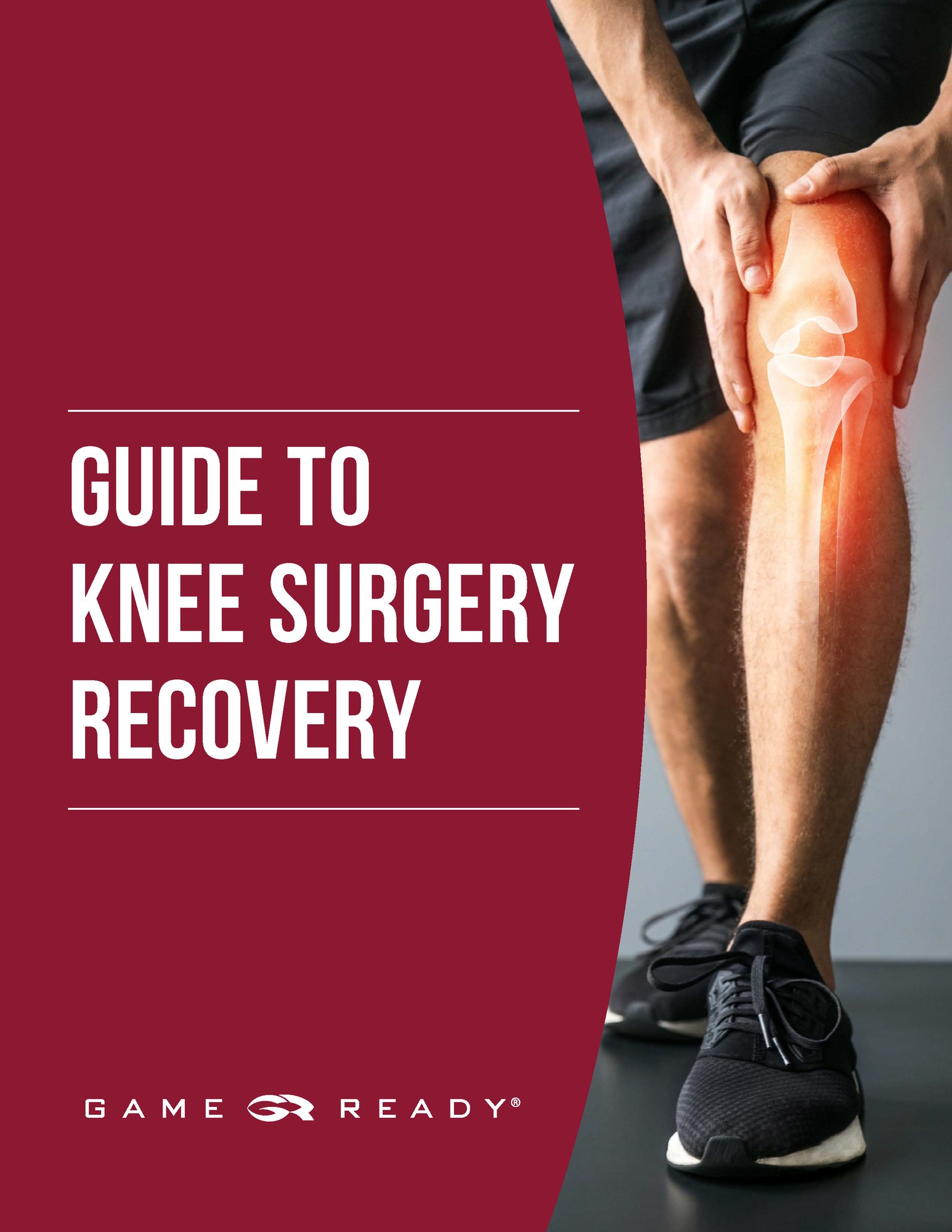Torn ACL
The anterior cruciate ligament, or ACL, is a band of tissue that connects the tibia to the femur through the center of the knee joint. As one of the most common knee injuries, the ACL can become damaged or torn when the body rotates while the foot stays planted. The injury does not necessarily require contact and, in fact, can happen simply by pivoting or planting the foot in the wrong way.1
Because the ACL is such an important component of knee stabilization, surgery is often necessary, especially for athletes who want to continue playing sports.
Torn MCL
The medial collateral ligament, or MCL, is another one of the four ligaments that create stability in the knee. This connective tissue runs along the inner side of the knee joint and, therefore, is most frequently damaged by a blow from the side. MCL tears can also result from a poor landing or bending at certain angles.2
Torn Meniscus
The menisci are cartilaginous tissues that disperse friction and provide cushioning between the tibia and femur. There are actually two menisci in the knee joint that work together to disperse body weight and reduce friction as the knee straightens and bends.3
Trauma or rotation can tear the meniscus. The tear can be repaired, or in some cases, the torn portion of the meniscus can be removed.4 5
For athletes, the damaging of all three of these important tissues in a single injury is not uncommon. The treatments for these injuries vary depending on factors such as severity, the patient’s age, activity levels, and so on. When a doctor recommends surgery, the procedure may include:4 5
- Repairing damaged tissue
- Replacing damaged tissue
- Removing torn cartilage
- Arthroscopic procedures (a minimally invasive surgery technique)
Regardless of the reasons for knee surgery and the procedures used, the recovery pathway is similar.


